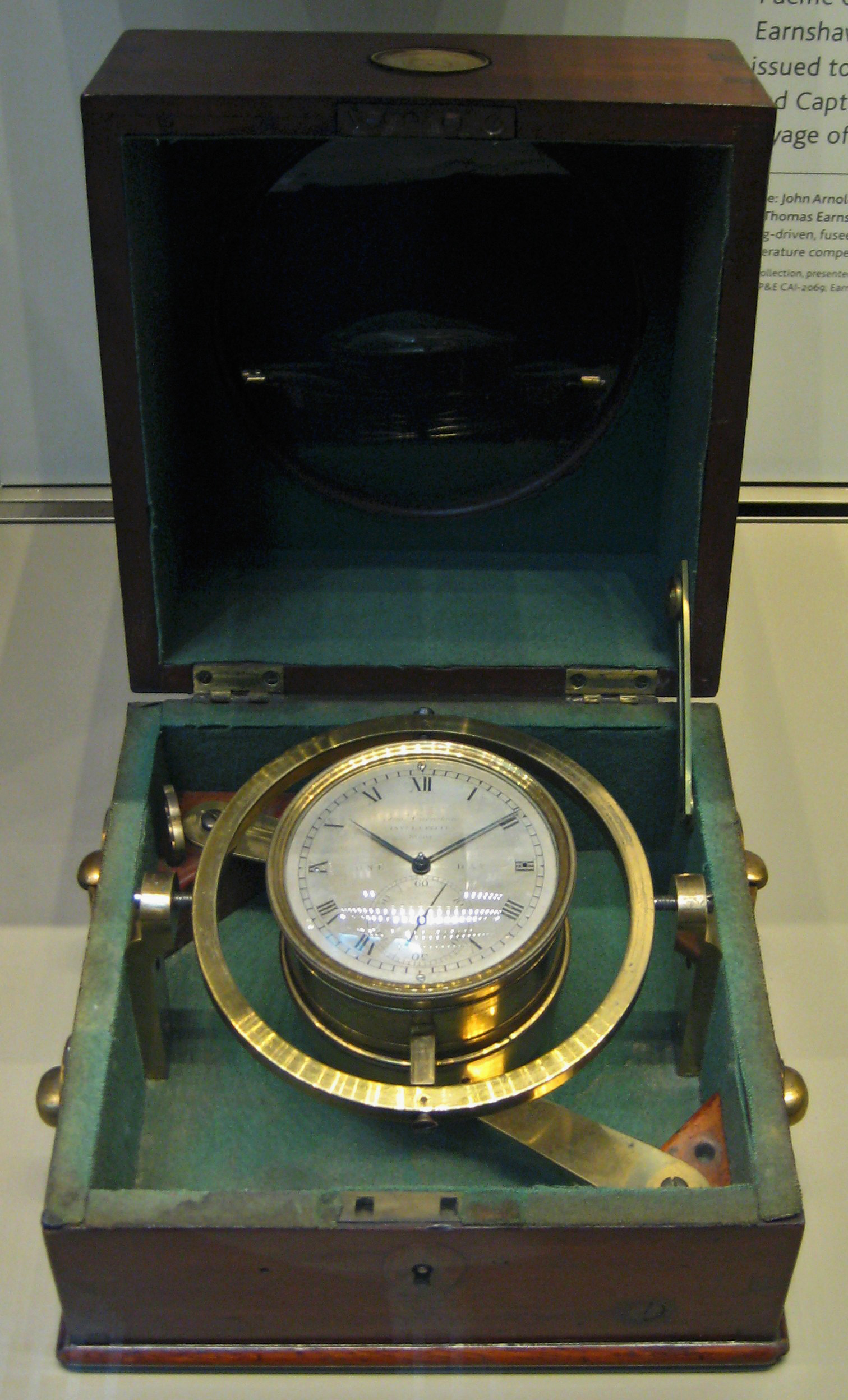Ilbert collection on:
[Wikipedia]
[Google]
[Amazon]
 Courtenay Adrian Ilbert (1888–1956), was a British civil engineer interested in
Courtenay Adrian Ilbert (1888–1956), was a British civil engineer interested in
 Courtenay Adrian Ilbert (1888–1956), was a British civil engineer interested in
Courtenay Adrian Ilbert (1888–1956), was a British civil engineer interested in horology
Horology (; related to Latin '; ; , interfix ''-o-'', and suffix ''-logy''), . is the study of the measurement of time. Clocks, watches, clockwork, sundials, hourglasses, clepsydras, timers, time recorders, marine chronometers, and atomic clo ...
, and a collector of watches. Ilbert lived for a time at 10 Milner Street, Chelsea, London
Chelsea is an affluent area in west London, England, due south-west of Charing Cross by approximately 2.5 miles. It lies on the north bank of the River Thames and for postal purposes is part of the south-western postal area.
Chelsea histori ...
, the old ground floor drawing room once housed the Ilbert Collection of clocks, watches, marine chronometers and sundials. He brought together the most important collection of watches ever achieved by a private collector. In 1958, after his death, his collection was acquired by the British Museum
The British Museum is a public museum dedicated to human history, art and culture located in the Bloomsbury area of London. Its permanent collection of eight million works is among the largest and most comprehensive in existence. It docum ...
. Initially, the collection had been put up for auction, but was saved for the public by a private donation to the British Museum for this purpose and the auction was subsequently cancelled. The collection, now known as the Ilbert collection, includes the Earnshaw 509 chronometer one of only two surviving out of a complement of 22 from the voyage of the Beagle.David Thompson, Saul Peckham, ''The History of Watches'', p.9, Abbeville, 2008 .
References
{{DEFAULTSORT:Ilbert, Courtenay Adrian 1888 births 1956 deaths English civil engineers Horology Prehistory and Europe objects in the British Museum